Small business owners may not be able to afford professional copywriters to create product descriptions, but it also means you shouldn’t settle for bland copy for your products. You can write them yourself.

A product description are words on a product page that explain why someone should buy this product. It describes an item and provides customers with all the necessary information to make a decision to buy.
When shopping online, people can’t hold or test a product. Their decision to make a purchase in many ways depends only on the product page content. It’s not enough to upload a photo of the product, state its name and price, and say a few descriptive words. When you have similar items competing for sale in two different stores, it’s the one with the best-written product description that will convert visitors into customers.
A weak product description will even scare away impulse buyers, not to mention picky shoppers. But if you know how to describe your product, you increase the chance of attracting your target customers that will fall in love with your products.
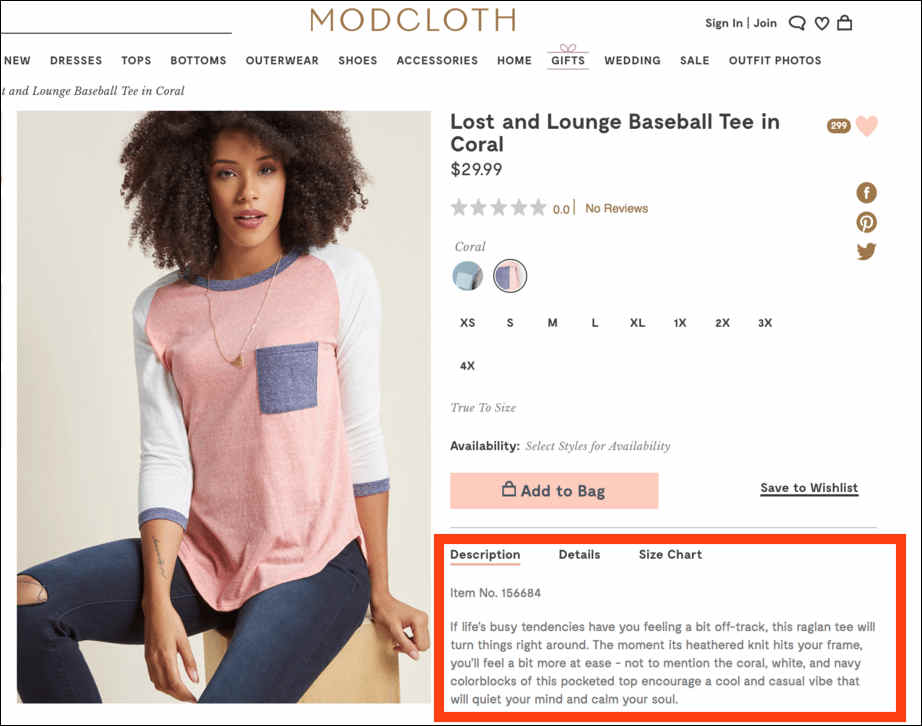
You’re ready to wow shoppers with irresistible descriptions, but what do you write in a product description to do that? Think about what effect you want it to have on your customers.
What is an effective description? It is the one that:
- explains simply how the product solves a problem or satisfies a desire the customer has.
- People buy benefits NOT features.
- clearly states what the product does or how it can be used.
- provides all information that is necessary to decide on a purchase, like weight, size, care, materials, etc.
- speaks the same language as your customers.
- uses social proof and different types of content to make your point.
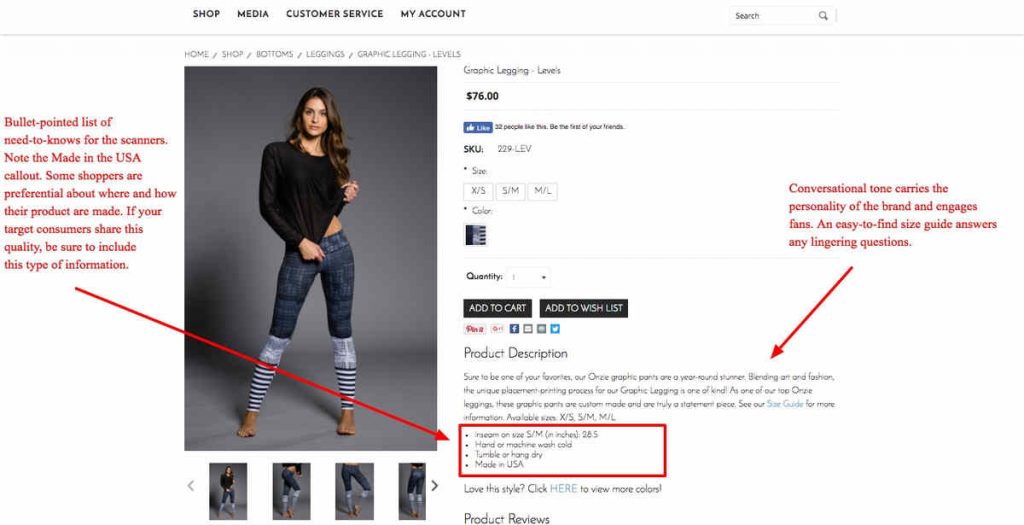
Now that you understand the importance of product description, we can finally answer one of the most common questions among online sellers — how do you write a catchy product description? No matter what your skill level is, our tips will help you connect with shoppers.
Depending on how many items you sell online, writing product descriptions could be a time-consuming process. But the effort and investment will all be worth it when you see sales coming in.
Regardless of how great your customer service is, most shoppers will not bother contacting a shop when they have a question about a product. So, think ahead and include all the basic details that buyers might ask about.
For example, if you sell apparel, how do you write a clothing product description? Start with the basics that you can find on the tags:
- Clothing type (t-shirt, skirt, dress)
- Style (V-neck, skater, maxi)
- Sizing (include a chart if possible)
- Fabric (90% cotton, 10% polyester)
- Wash care instructions (if necessary)
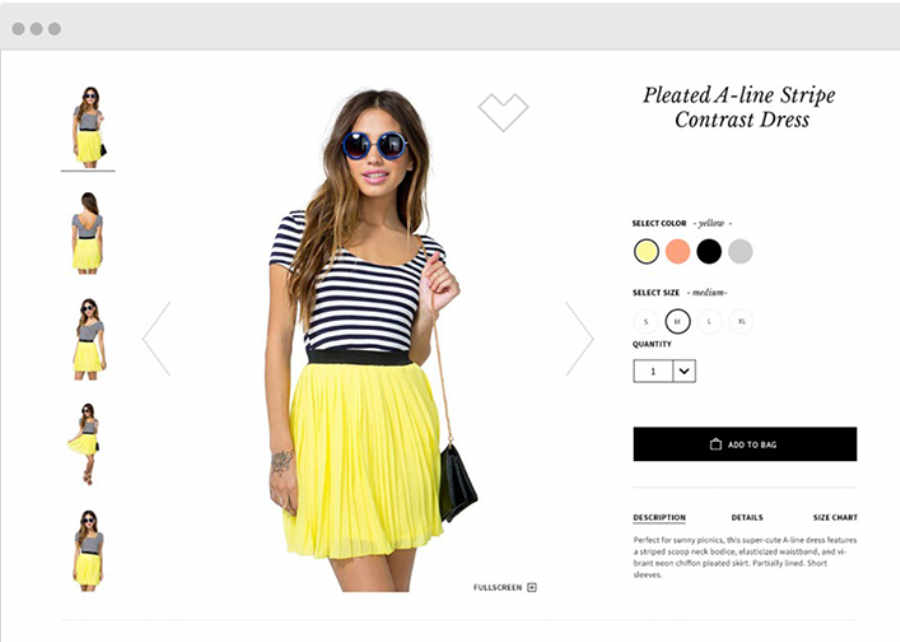
Mention technical product specifications only when necessary, such as for gadgets or appliances. Otherwise, all that information might overwhelm shoppers. Additionally, use generally accepted terms that your customers will recognize. “Batteries not included” is simple and more understandable than “Portable electricity source not supplied with the product.”
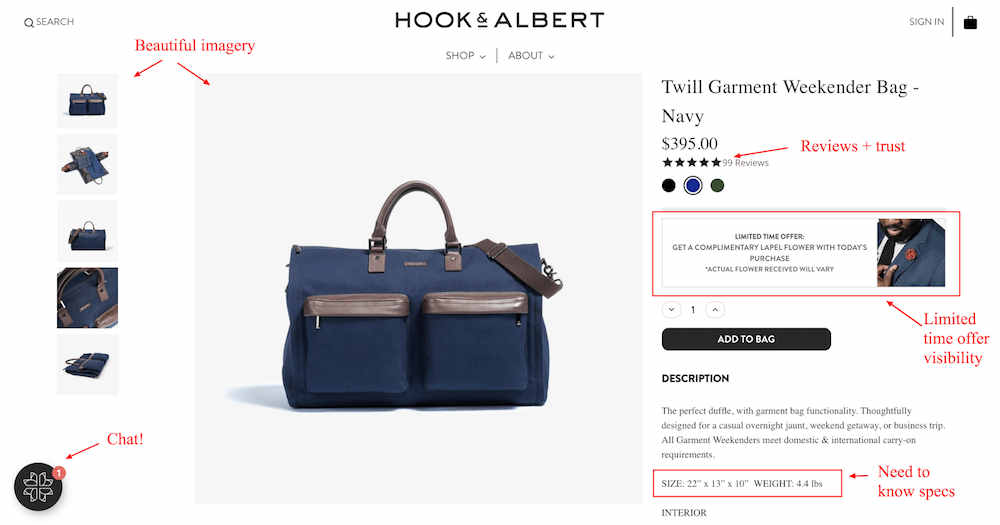
You as a seller know the ins and outs of your product. And to you it’s obvious how every feature can improve the lives of your customers and why it makes your product the best on the market.
When customers see your products for the first time all they want to know is what’s in it for them. They don’t have time to decipher specs you listed in a product description. That’s why it’s important to explain all the benefits of your product.
Think which features of your product make it attractive to your target audience and then describe the advantage of each feature. What problems does your product solve? How can it improve your customers’ life? How will it help them?
Keep in mind your customer audience when explaining product benefits. What influences your customers’ decision to make a purchase? For example, if you sell clothes for work, it makes more sense to emphasize the fit and comfort of your product rather than its high style.
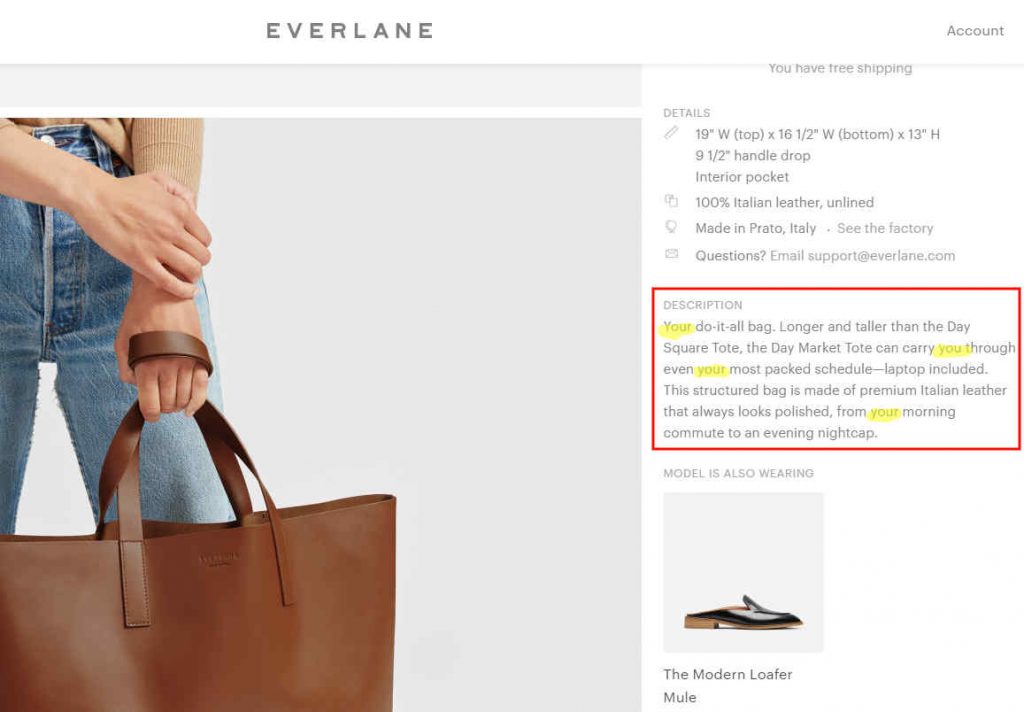
You want your copy to be appealing not only to customers but to search engines too. So, how do you write SEO friendly product descriptions?
An important SEO rule when you build an online store is to use long tail keywords in item descriptions. Instead of writing “RC toy car,” the phrase “RC red toy Mini Cooper” will get hits from more serious buyers. They are the ones who are in the latter stages of their search and already know the specific product they are looking for in the market. This is also great if you have a niche shop. The more specific a description is the more hits it will gather.
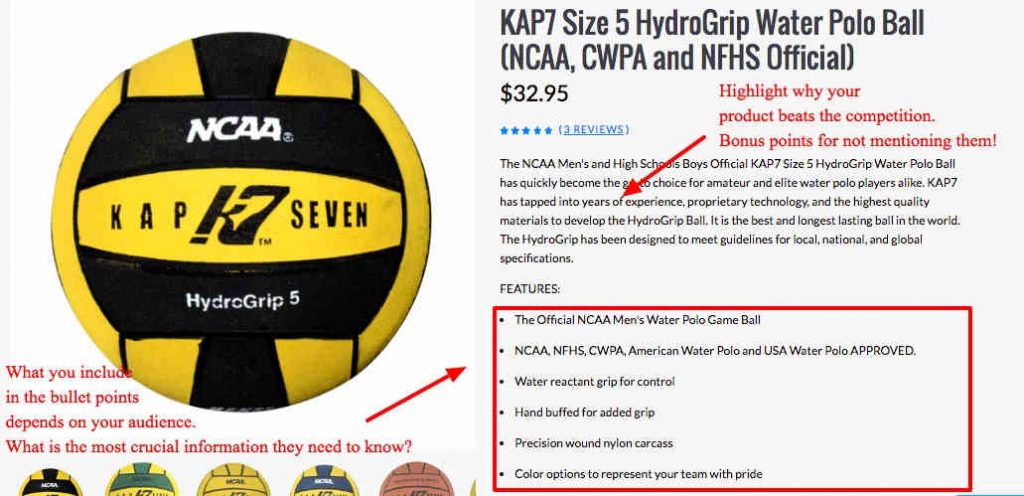
However, go easy when sprinkling your text with tons of keywords. Make sure that they flow well with the rest of the copy. Don’t force the keywords too much so that the writing sounds stilted and unnatural.
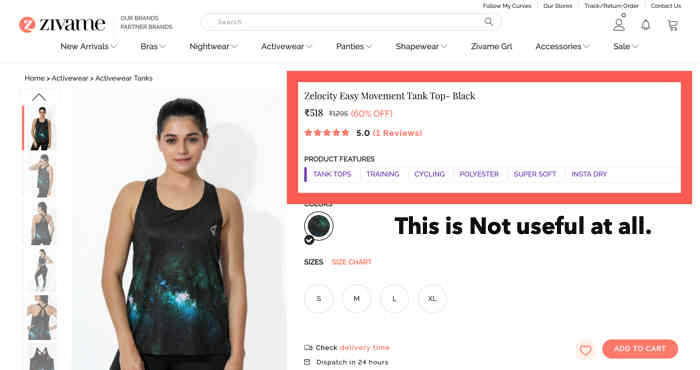
When you sell online, it’s easy to come across as cold and impersonal. After all, a customer is interacting with a computer instead of real human beings.
Remind consumers that there’s a person on the other side of the screen by dropping a few hints of personality here and there. Talk about the expert care you put in creating the product, your inspiration for your brand, or what you did to make your buyer happy.
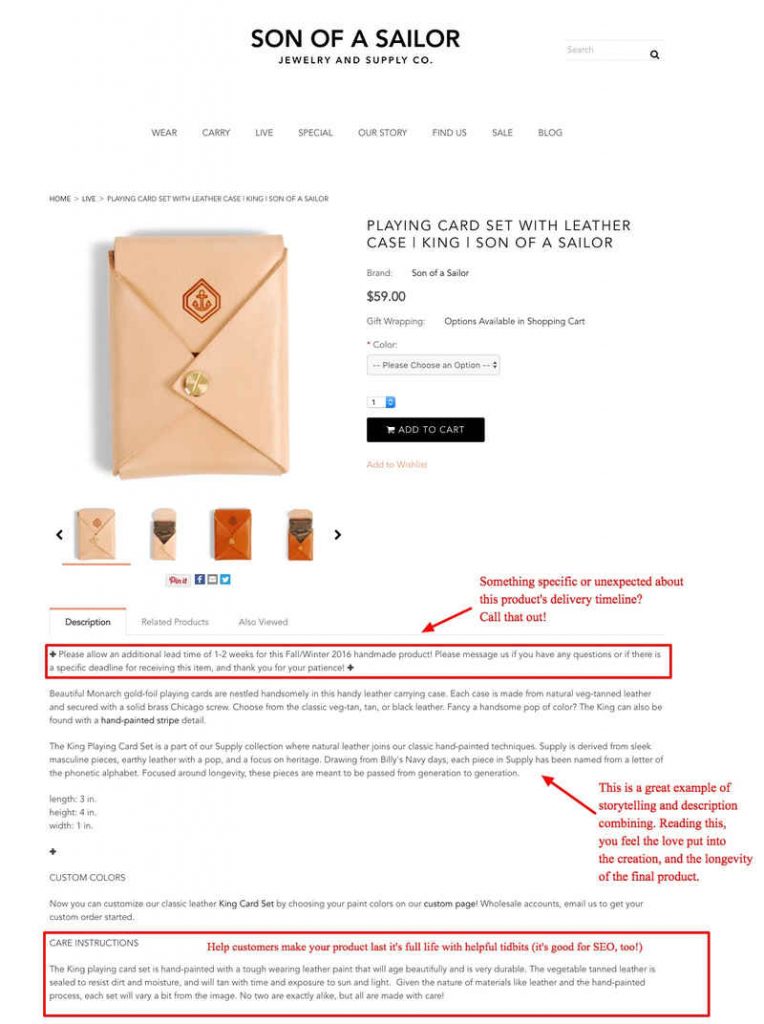
This is a an important strategy for Facebook e-commerce sites that customers have easier access to. They would respond better if you are open, real and friendly.
It’s easy to just say that the pair of shoes you are selling is “nice” and of “good quality.” That’s not going to convince a shopper. You have to prove the quality that you are writing about. So, mention its “hand-stitched genuine Italian leather” and “hand crafted bronze buckle.”
Furthermore, write beautiful copy that appeals to the senses. Always paint pictures customers can see in their minds eye. People think in pictures not words. This is especially important in e-commerce when buyers have to base their shopping cart decisions solely on the images and descriptions they find in your virtual store.
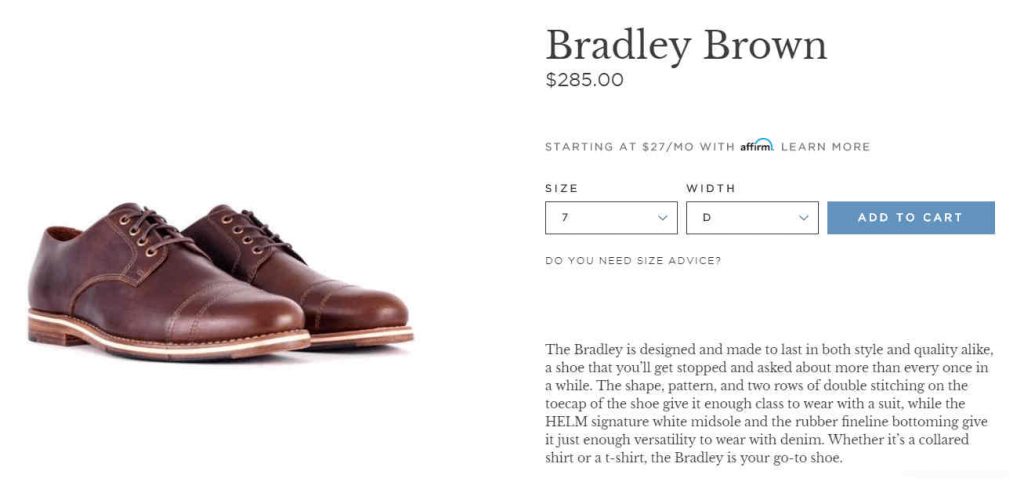
Effective copywriting is about telling a compelling story. That’s the secret of advertising. Try thinking of a TV commercial for a cereal brand. It’s never just about the cereal but the fun people have eating at breakfast. You’re also introduced to a loving parent getting their children ready for school in the morning. What’s your product’s story? It doesn’t have to be a literary masterpiece, but it should have a human touch. The consumer isn’t buying good Italian leather shoes. Rather, they’ll purchase it for the appealing heritage, lifestyle or memory it represents.
To tell a story about your product, answer these questions:
- What inspired making the product?
- Who created this product?
- How has your product changed since the prototype stage?
Share customers’ stories too — chances are, they’ve found a new or innovative way to use your product!
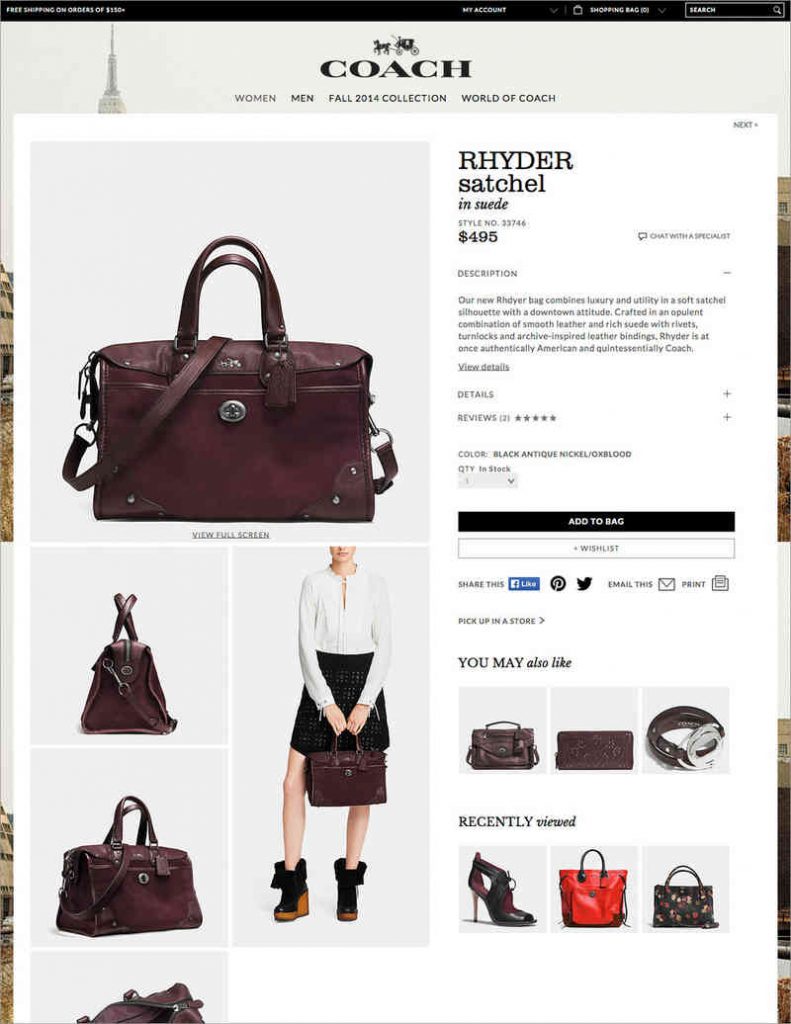
Imagine your ideal buyer. How do they talk? Try to mimic that voice, so the customer will listen. Use a style or tone that’s relatable to them as if you are speaking to them in person, face to face.
Don’t forget to state details that are important to your consumer. When you know that the majority of your customer base are vegans, don’t withhold the information that you use cruelty-free vegan materials for your products. Include features and benefits that address your buyer’s unique concerns.
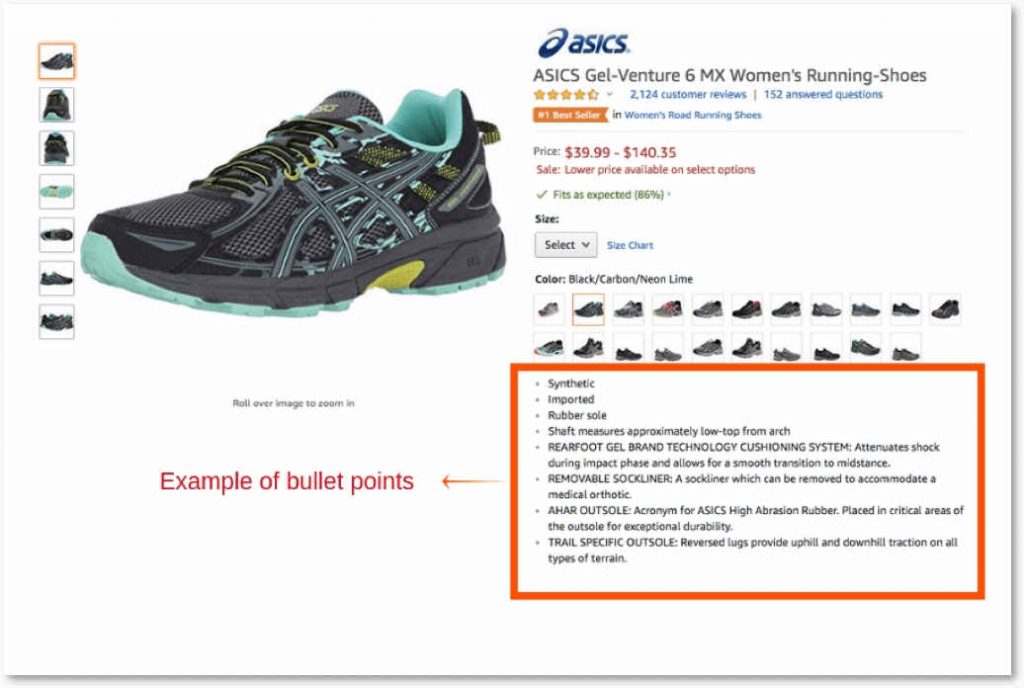
How do you use a description? Mainly to show customers why they need to buy your product and not a competitors item. That’s why your product description should anticipate customers’ needs and problems. Answer the questions customers always ask in the description, not on a FAQ page. Always keep in mind who your customers are and what primary benefit they want from your product.
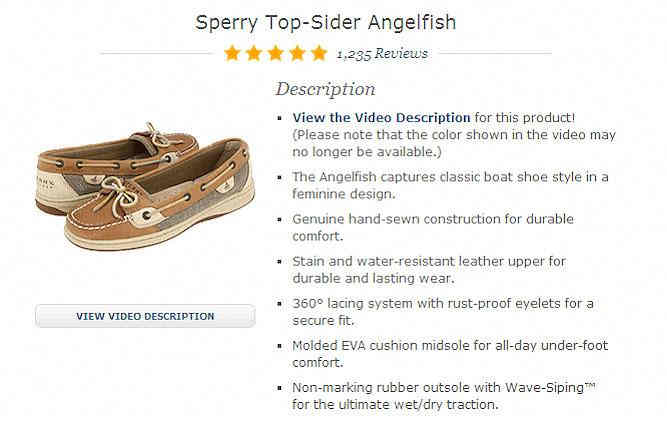
For example, if you sell eyeshadows, you may target professional makeup artists or amateurs. Artists would be interested in products suitable for complex and creative makeups. You can tell them that your products are long-lasting, waterproof, and have a huge variety of colors.
As for amateurs, they want something that’s affordable and not too difficult to use. Explain that your products blend easily, have convenient packaging, and provide a great substitute for expensive makeup.
Ask your loyal customers why they choose your store over competitors. It’ll help you to highlight the most common key benefits sought and focus on them in your product descriptions.
How do you write an attractive product description? Get rid of words like “excellent”, “high quality”, “cutting-edge”, “the best on the market”. Yes, your product might be all those things. However, such words appear way too often and lose their value to a customer.

To get rid of overused phrases, try to be more specific. Ask yourself, what do you mean by saying “high quality product”? Does it have a longer warranty period compared to your competitors? To a customer, “lifetime warranty” sounds more compelling than “high quality.”
For example, instead of saying: “We offer advanced products”, you can say: “Our products use advanced manufacturing techniques that improve quality while lowering the cost to you.”
Social proof is an invaluable asset for product descriptions, as it can prove that you’re not the only person who finds this item worth spending money on.
Use customer reviews to appeal to your target audience. If possible, add reviews that mention common key benefits and state how your product helped to solve them best. For example: “This stain remover took out old grass and blackberry stains I couldn’t get out any other way! I’m definitely going to buy more.”
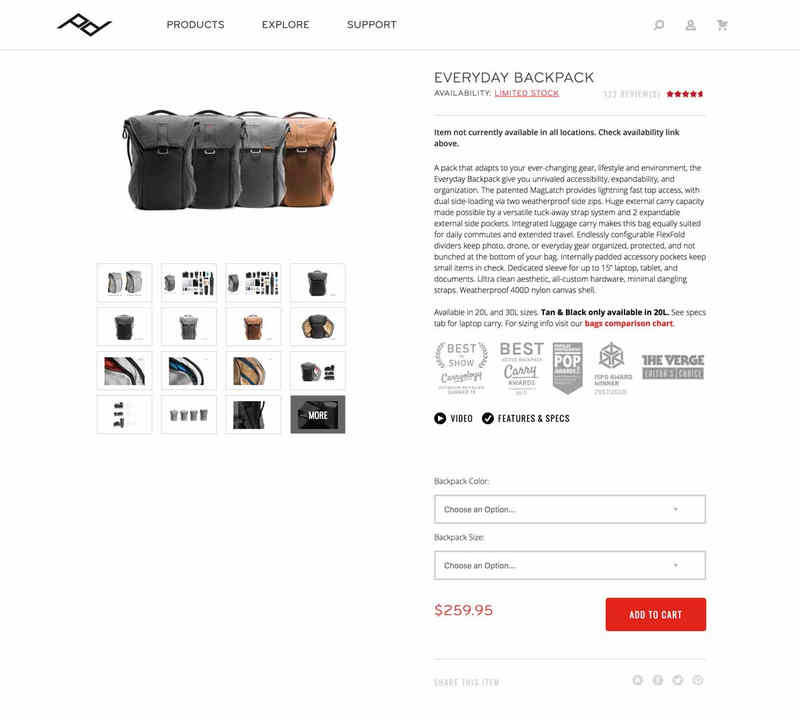
Text isn’t the only type of content that helps describe a product. Use tables, icons, graphics, or videos to showcase your product and make it easier for a customer to discover your content.
Think of the value you add by including a product video. According to Brightcove, 85% of shoppers between the ages of 18-34 purchased a product or service after viewing a video, wow! This type of content helps to address customer’s doubts and questions: why is this product great? How does it differ from others? How do I use it?
You can use videos to show your product in use, highlight its advantages over competitors, share customer testimonials, or tell more about your brand. Remember that a picture is truly worth a thousand words.
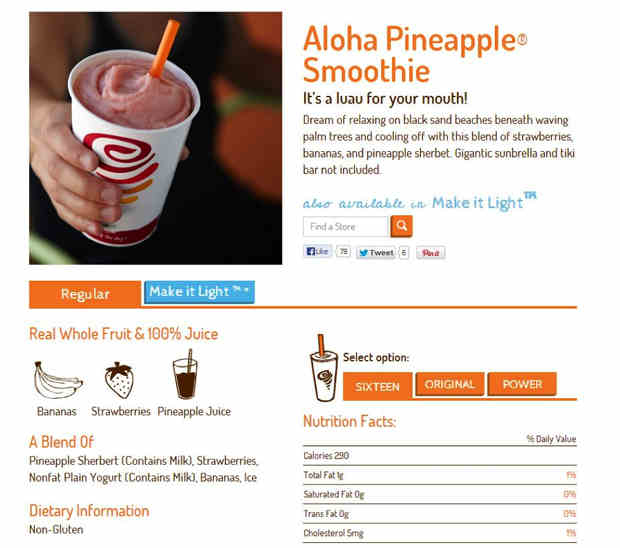
Content that brings out emotions grabs our attention even if we’re not that interested in it in the first place. It applies to any type of content, be it a movie trailer or a product description, and that can be your secret weapon.
There are several ways to add an emotional element to your descriptions. For example, you can tell a joke or an unexpected fact, trigger happy memories, or associate your product with something pleasant. Ask yourself:
- What can make your customers laugh or feel good about themselves?
- What experiences might your audience share? How can you remind them of these experiences?
- What do your customers care about most? How can you identify those things in your descriptions?
Say, you sell womens fashion accessoriesand your target audience are millennials. After you list the collections feaures you can write something like: “You will enjoy being out with your friends and family more this summer looking and feeling great with our fun fashions”.
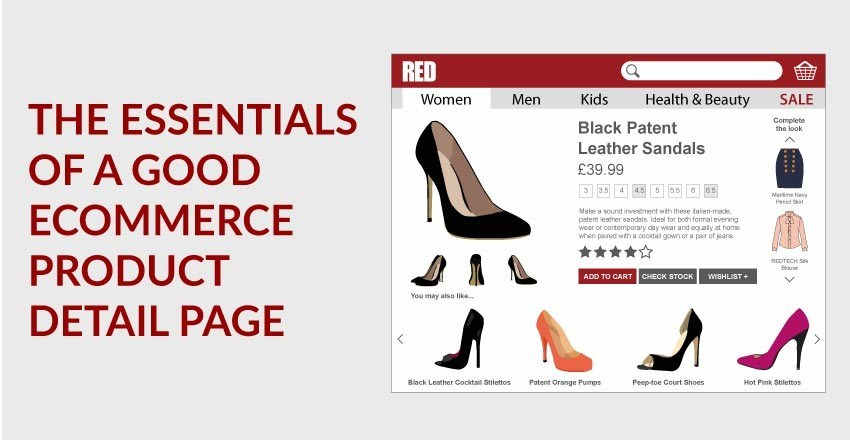
Change the font types, colors and sizes to make your product description easier to read and scan. Emphasize headings and highlight information that you don’t want customers to miss. Add breaks between lines to avoid a cluttered looking layout. Bullet points are a great way to organize information, but use them sparingly. Twenty bullet points with long, complete sentences is essentially a paragraph.
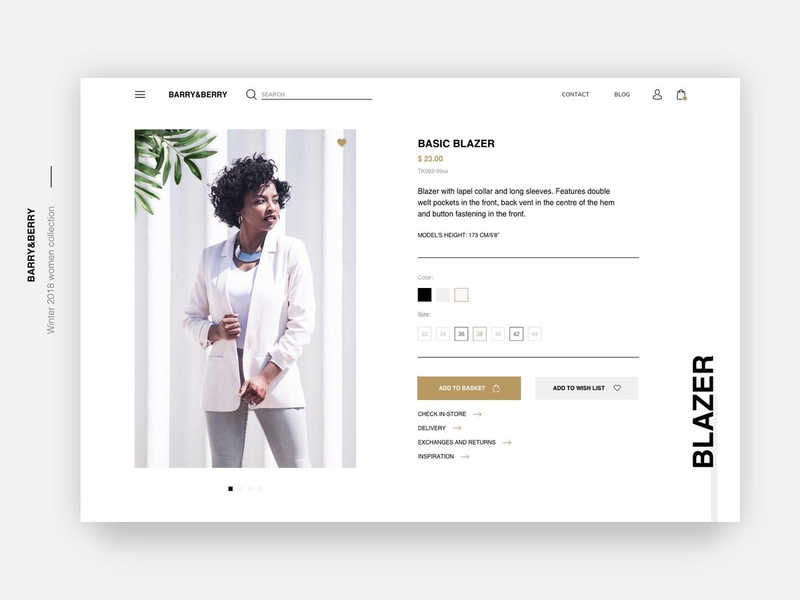
So, how do you write a good description? Let’s recap:
- Include all the basic details customers might look for. Avoid technical jargon and slang words where possible.
- Explain your product benefits rather than list features.
- Make sure your product description is SEO friendly.
- Show your personality and use storytelling to connect with customers.
- Adapt your tone and language to your customer audience.
- Address customer’s pain points and explain how your product solves the problem.
- Avoid overused expressions that clutter the descriptions.
- Include customer reviews to a product description.
- Use mixed media like graphics, icons, and video to illustrate your product benefits and its uses.
- If possible, add a bit of humor or an emotional element to your descriptions.
- Format your product descriptions.
- Make sure product descriptions look great on mobile devices.
- Review and edit your product descriptions.
Now that you’re ready… Just start writing. We understand that this might be easier said than done for most people. So just keep in mind that your goal is to just share what you know about the product, and there’s no other person who can do that better than you.


